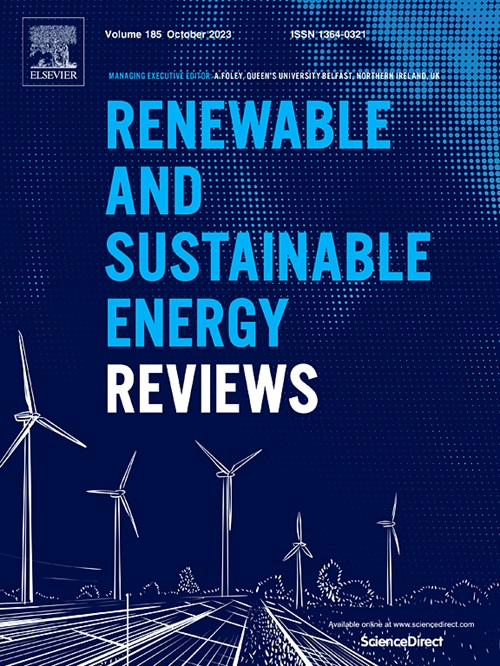Construction prediction of horizontal energy storage salt caverns using a novel concentration-field model
IF 16.3
1区 工程技术
Q1 ENERGY & FUELS
引用次数: 0
Abstract
Horizontal salt caverns are widely used for oil and gas storage, hydrogen storage, compressed air energy storage, and carbon dioxide geological storage in bedded salt. Accurate modeling of solution mining processes is critical for predicting and controlling the shape and capacity of the caverns. To improve the accuracy and efficiency of such predictions, a novel construction prediction model is proposed using a simplified concentration field distribution model. The dissolution of salt and the convection of brine are simulated by solving the Navier-Stokes equations and the convective diffusion equation. Simulation results indicate that the injected freshwater mixes with the brine and forms an upward buoyant jet. Except in the buoyant jet region, there is a vertical concentration stratification. The brine concentration is the lowest from the apex of the buoyant jet to the cavern top, and gradually increases in the downward direction until the saturated zone below the injection port. In this regard, the simplified concentration field distribution model introduces a distribution factor β to describe these distribution patterns. A C++ simulation program, named “Horizontal Salt Cavern Construction Prediction”, is developed combining the simplified concentration model, the dissolution model and the grid system based on the Volume of Fluid Method. The construction of Volgograd Gas Storage is simulated for verification. Simulated brine concentration and cavern shapes coincide well with the actual cases, indicating that the proposed model is reliable. Work in this paper can serve as a new construction design tool and facilitate renewable energy storage in salt caverns.

求助全文
约1分钟内获得全文
求助全文
来源期刊

Renewable and Sustainable Energy Reviews
工程技术-能源与燃料
CiteScore
31.20
自引率
5.70%
发文量
1055
审稿时长
62 days
期刊介绍:
The mission of Renewable and Sustainable Energy Reviews is to disseminate the most compelling and pertinent critical insights in renewable and sustainable energy, fostering collaboration among the research community, private sector, and policy and decision makers. The journal aims to exchange challenges, solutions, innovative concepts, and technologies, contributing to sustainable development, the transition to a low-carbon future, and the attainment of emissions targets outlined by the United Nations Framework Convention on Climate Change.
Renewable and Sustainable Energy Reviews publishes a diverse range of content, including review papers, original research, case studies, and analyses of new technologies, all featuring a substantial review component such as critique, comparison, or analysis. Introducing a distinctive paper type, Expert Insights, the journal presents commissioned mini-reviews authored by field leaders, addressing topics of significant interest. Case studies undergo consideration only if they showcase the work's applicability to other regions or contribute valuable insights to the broader field of renewable and sustainable energy. Notably, a bibliographic or literature review lacking critical analysis is deemed unsuitable for publication.
 求助内容:
求助内容: 应助结果提醒方式:
应助结果提醒方式:


